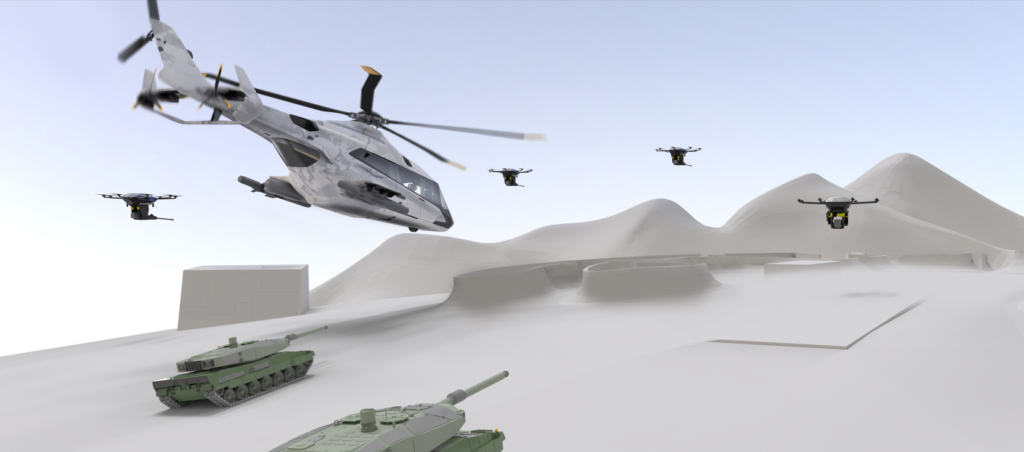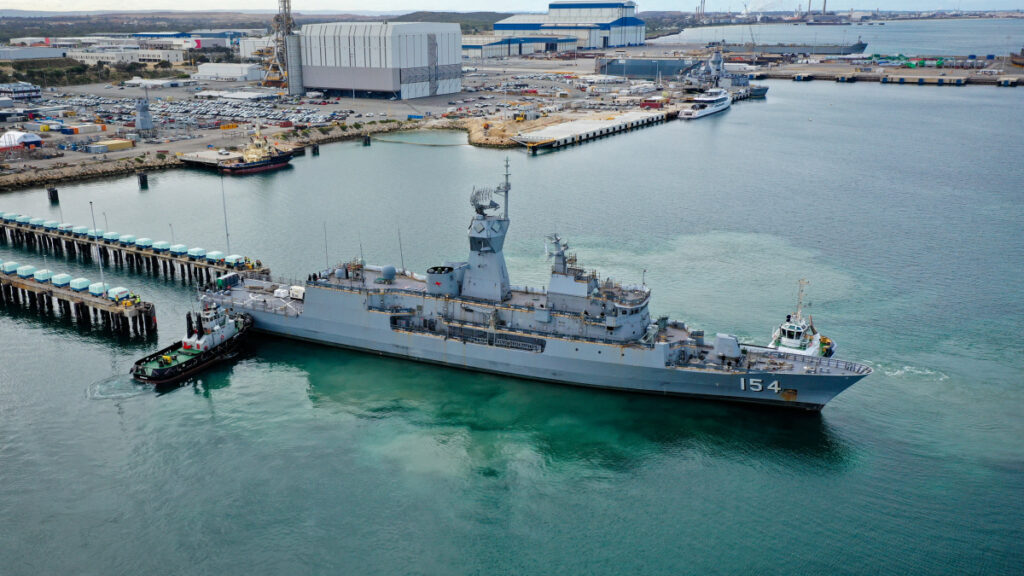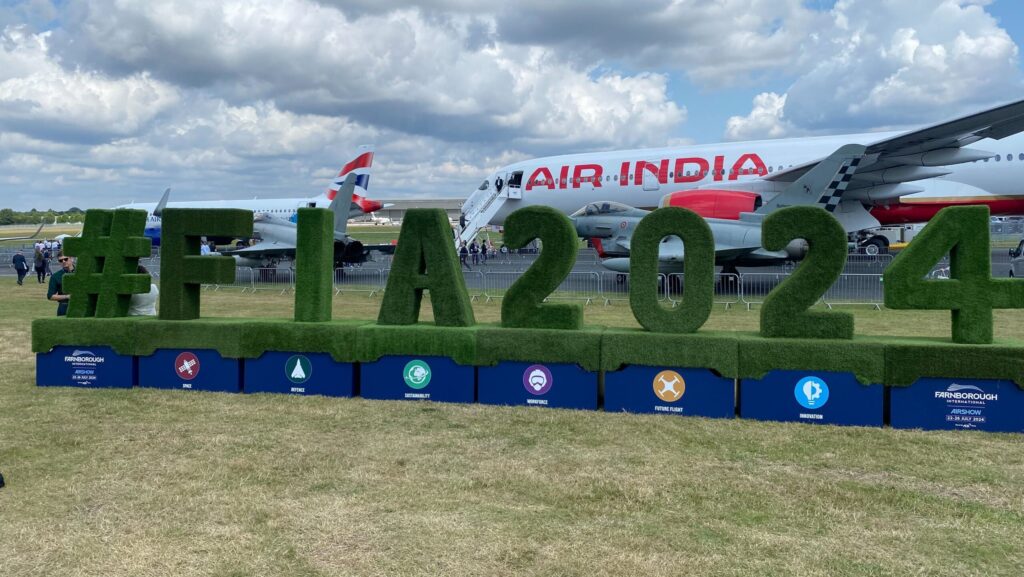apan’s Ministry of Defense, U.S. Forces Japan, Pacific Air Forces and Lockheed Martin gather in a Japan Air Self-Defense Force hangar at Misawa Air Base, Japan, for the commemorative ceremony welcoming the first operational F-35A Lightning II to JASDF’s 3rd Air Wing (US Air Force)
BELFAST — Plans drawn up by US and Japanese officials to work closer on joint development defense programs, set to be announced during a state visit to Washington by Japanese Prime Minister Fumio Kishida next week, could lead to co-production of new military technologies by the two allies, according to a senior US State Department official.
US Deputy Secretary of State Kurt Campbell, until recently the White House’s point man for the Indo-Pacific, said on Wednesday that Washington and Tokyo will take “steps for the first time that will allow the United States and Japan to work more collaboratively on joint development, and potentially, coproduction of vital military and defense equipment.”
He suggested during an interview with the Center for a New American Security, a DC think tank, that the forthcoming visit by Kishida will demonstrate that US-Japan bilateral relations are “entering a fundamentally new phase that will both bring new capabilities to bear, but will also … [deliver] clear responsibilities necessary for both the United States to change the way we operate with Japan and how Japan engages with us.”
The visit will “largely be historic for the updating of the US Japan security partnership,” noted Campbell.
He did not provide any details of the new joint development plan, but it could align with the US and Japan committing to work at a research and design level on Collaborative Combat Aircraft (CCA) or loyal wingmen type drones. Kyosuke Matsumoto, a Japanese defense ministry official, spoke of such an approach at the ComDef conference last year.
The wider move to strengthen defense ties follows a lengthy campaign by the US, particularly at an intelligence level, to convince Tokyo of the need to “take on increasingly more strenuous activities that protect their intellectual property,” said Campbell, while noting that “the cornerstone of our engagement” rests with the Indo-Pacific.
Japan still has work left to do before the US can be satisfied all recommended measures related to Japanese intellectual property reform have been implemented.
“They are trusted with a number of steps that we believe will help for the smoother functioning of the US-Japan relationship,” said Campbell. “I think it’s fair to say that Japan has taken some of those steps, but not all of them and we believe that ultimately it is in our interest to share as much information and other technologies … with close partners like Japan, to allow for a deeper, more fundamental alliance.”
Building further capabilities of deterrence & response based on J U Alliance in progress. Deep and strategic talks over various issues were undertaken between RADM TAKENAKA Nobuyuki, DG of Operations & Plans DEPT @jmsdf_pao_eng and VADM Eugene “Gene” H. Black III, N3N5 @USNavy. pic.twitter.com/gjuaSVIyUq
— Japan Maritime Self-Defense Force (@jmsdf_pao_eng) April 1, 2024
Japan has traditionally grappled with how to counter the threat of China while adhering to its pacificist constitution and a “no war” clause that forbids resolving disputes through military force. But the Kishida government has introduced a series of progressive policies designed to modernize deterrence.
Japanese security documents released in 2022 described China as an “unprecedented strategic challenge” and signalled Japan’s intent to develop a “counterstrike” missile capability against enemy radar sites, according to the US Congressional Research Service.
At the same time, Toyko also proposed to double national defense spending by reaching a target of 2 percent GDP by 2027, the same target as NATO nations. Last month it broadened export rules to open up potential future sales of the multinational Global Combat Air Programme (GCAP) sixth generation fighter jet to a collection of 15 nations. Japan, Italy and the UK are joint partners on the effort.
Japan has also expressed an interest, similar to Canada and New Zealand, in joining Pillar II of the AUKUS trilateral security arrangment between Australia, the UK and the US. Pillar II deals with advanced technologies including quantum computing, hypersonic capabilities, AI and cyber systems.
Campbell declined to say whether any new partners would be officially joining Pillar II, but teased some news on that front next week.
“I think it is true that there are other countries that have expressed an interest to participate in the right circumstances in various development and other engagements and I think you’ll hear that we have something to say about that,” he said.
Not everyone would be on board with an expansion of the AUKUS membership, including a key Australian politician who told Breaking Defense he’d be against any such formal move.
Campbell also noted that other “specific announcements” related to Pillar II will be released in “the fall.”
The larger AUKUS plan, defined under Pillar I, commits Washington to sell three US Navy Virginia-class submarines to Australia in the 2030s, ahead of a new UK designed conventionally armed nuclear-powered submarine — SSN-AUKUS — entering service with Canberra in the early 2040s. London is expected to first operate the next generation class of sub in the late 2030s, which will rely on military technologies from all three partner countries.
Virginia-class boat contractors General Dynamics Electric Boat and HII’s Newport News Shipbuilding remain under acute pressure to meet a two-ship-per-year build rate, and Campbell acknowledged that there is “a very serious endeavour” underway to “assist a program like AUKUS” to protect it from past submarine industrial problems, like supplier bottlenecks and “backlogs.”
He also stressed that “a larger number of vendors” will be required for AUKUS submarines to be constructed.
AUKUS coproduction will happen “over time,” added Campbell, though did not elaborate further.
On the issue of export control restrictions potentially holding up AUKUS transfer technology progress, he noted that trilateral discussions have been “largely successful” and pointed to new legislation recently submitted to the Australian parliament as evidence of change.
More vaguely, he said the UK is looking to take “certain executive actions.”



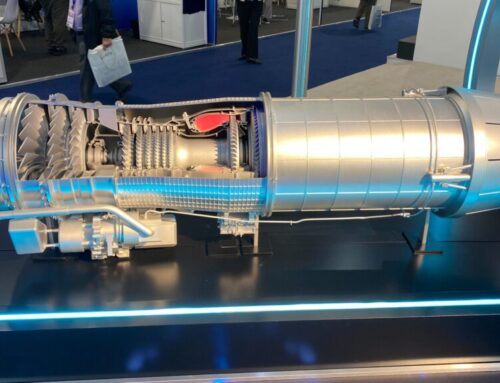
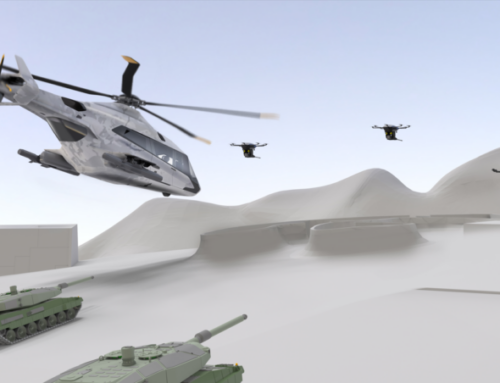
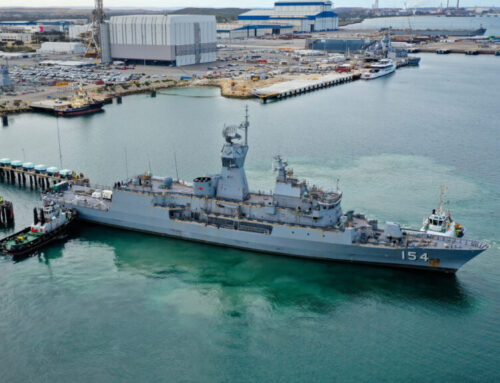
![The sights from the 2024 Farnborough Airshow [PHOTOS]](https://centurionpartnersgroup.com/wp-content/uploads/2024/07/IMG_8722-scaled-e1721930652747-1024x577-hZjwVb-500x383.jpeg)

